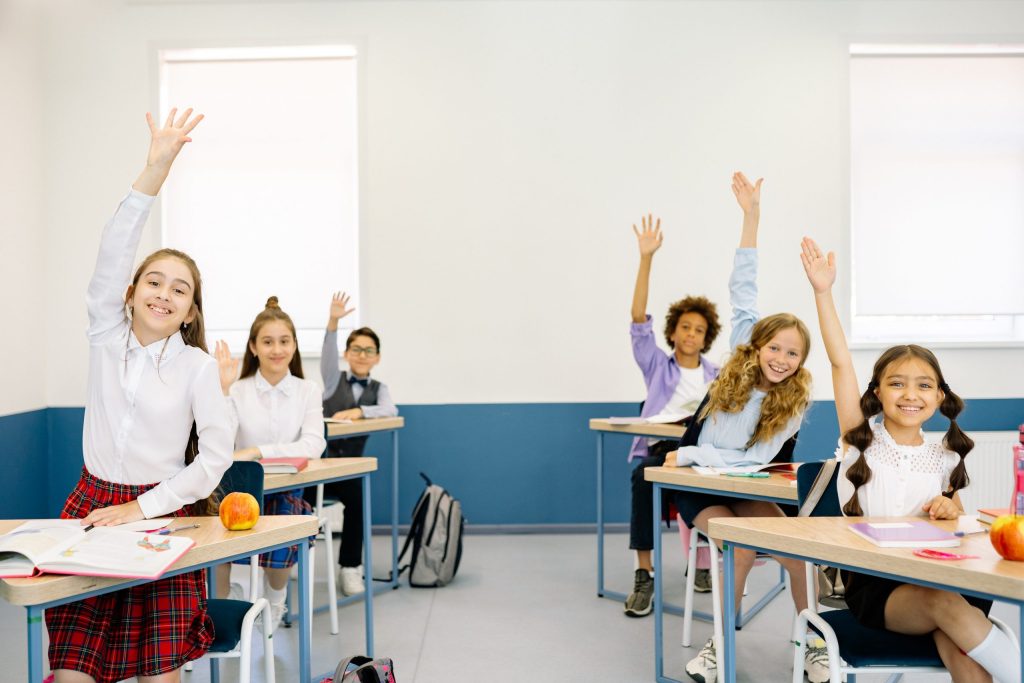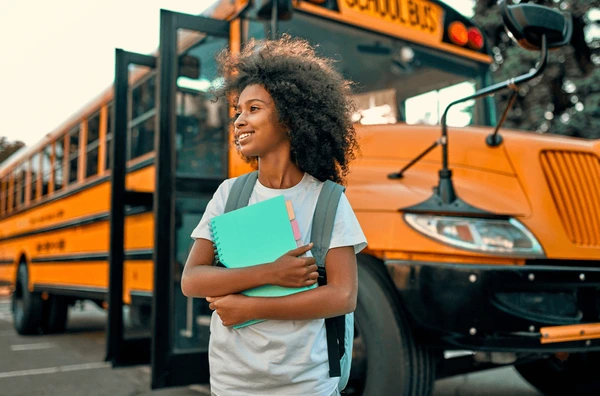Let’s be real—classroom discipline is one of the toughest parts of teaching. I’ve had days where I left the room thinking, “Did I teach anything today?” because I spent most of the time redirecting, repeating, or trying to keep order. Sound familiar?
But over time, I learned that discipline isn’t about control—it’s about structure, relationships, and consistency. The best classrooms don’t rely on shouting or punishment. They run on mutual respect, clear expectations, and smart systems.
If you’re looking for better ways to manage student behavior without burning out, here’s what’s worked for me—and thousands of educators who’ve found that discipline can actually be positive.
🧠 What Is Student Discipline (Really)?

Student discipline refers to the strategies, systems, and approaches used to manage student behavior and create a safe, productive learning environment.
It’s not just about consequences. Effective discipline:
-
Teaches students accountability
-
Builds habits of respect and self-control
-
Sets consistent boundaries
-
Keeps classrooms calm and focused
And honestly? The best discipline plans are proactive, not reactive.
🎯 Core Principles of Effective Student Discipline
Before we dive into tactics, let’s talk about what makes discipline work:
✅ Consistency
Students need to know what to expect. If the rules change every day—or for different students—you’ll lose trust and credibility.
✅ Clarity
Clear rules, Clear routines, Clear consequences. Leave no room for confusion.
✅ Relationship-Building
You can’t discipline kids you don’t know. When students feel seen and respected, they’re more likely to listen and follow.
✅ Fairness and Equity
Be mindful of implicit bias and ensure your discipline system supports all students, not just the ones who “fit in.”
📋 1. Set Clear Expectations (and Practice Them)
If students don’t know what you expect, they’re guessing—and so are you.
Do this early and often:
-
Create simple classroom rules (3–5 max)
-
Use positive phrasing (“Raise your hand to speak” instead of “Don’t blurt out”)
-
Practice routines like lining up, transitioning, or turning in work
-
Model behaviors and revisit them regularly
I even have students act out “wrong” and “right” ways to do things—it adds some humor and makes expectations stick.
🧩 2. Use Preventative Strategies
Great classroom management is mostly preventing problems before they start.
Try:
-
Proximity: Just standing near a chatty student works wonders
-
Non-verbal cues: Eye contact, hand signals, or quiet gestures
-
Engagement: Boredom = behavior problems. Keep lessons active.
-
Smooth transitions: Don’t leave downtime for chaos to creep in
I keep a few simple call-and-response signals ready too. It saves my voice and refocuses the room quickly.
⚖️ 3. Establish Logical and Respectful Consequences
Consequences should be:
-
Related to the behavior
-
Explained clearly
-
Delivered calmly and consistently
-
Followed up with a conversation knowledge, not shame
Example:
If a student breaks materials, they help clean or repair. If they’re late, they use part of free time to catch up.
Punishment makes students defensive. Accountability teaches responsibility.
💬 4. Build Relationships Every Day
Discipline problems fade when students feel:
-
Safe
-
Known
-
Respected
Simple ways to build that:
-
Greet students by name
-
Ask about their interests
-
Use restorative conversations after conflict
-
Celebrate small wins
One of my toughest students turned a corner when I just started asking about his soccer games. That five-minute daily chat changed everything.
🔄 5. Be Consistent—But Flexible
Consistency is key, but so is understanding the “why” behind the behavior.
Some students:
-
Are dealing with trauma
-
Have undiagnosed learning or emotional needs
-
Are testing boundaries because they don’t know how to ask for help
Respond with structure AND empathy. Ask: What’s really going on here? Not just, How do I make this stop?
🧠 6. Use Restorative Practices
Instead of just punishment, try methods that:
-
Repair harm
-
Teach communication
-
Build empathy
Examples:
-
Restorative circles
-
One-on-one conversations
-
Peer mediation
-
Writing reflections
Restorative approaches help students take ownership—and rebuild trust in the classroom community.
🛠 7. Create a Toolbox of Quick Strategies
You don’t need a perfect plan. You need a few go-to moves when things go sideways.
My favorites:
-
“Take a break” corner (not punishment—just a reset)
-
Countdown transitions (“You have 5…4…3…”)
-
Positive narration (“I see [student] is ready…”)
-
Praise in public, correct in private
The goal is not to win. It’s to guide.
✅Discipline That Builds, Not Breaks
Discipline isn’t about being the strictest person in the room. It’s about being the most consistent, respectful, and prepared.
When students know what you expect—and trust that you care—they’re far more likely to follow your lead. It takes time. It takes practice. And yes, it takes patience.
But you don’t have to yell. You don’t have to punish to teach. You just need to lead with clarity, calm, and compassion.


